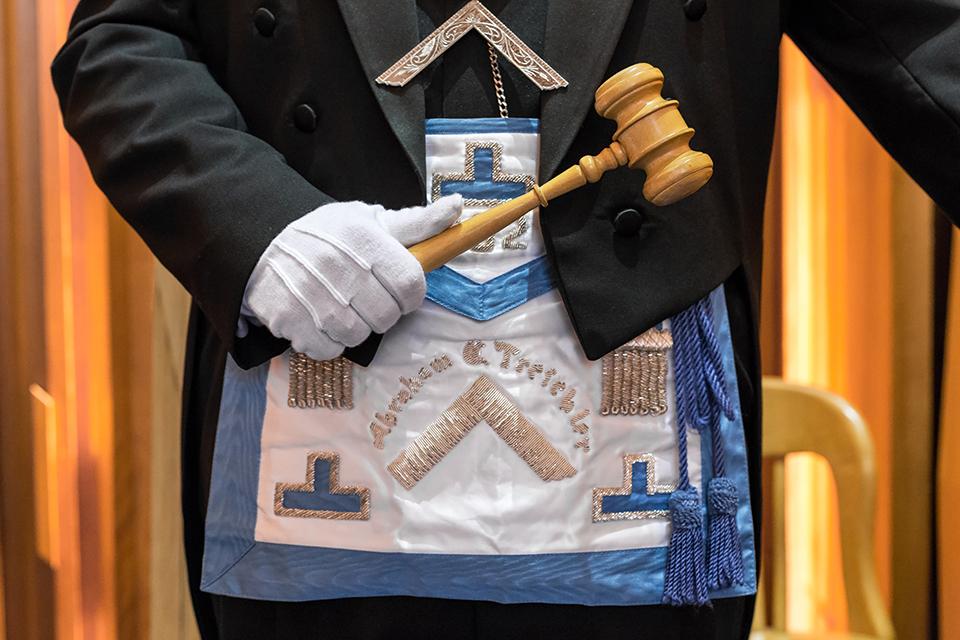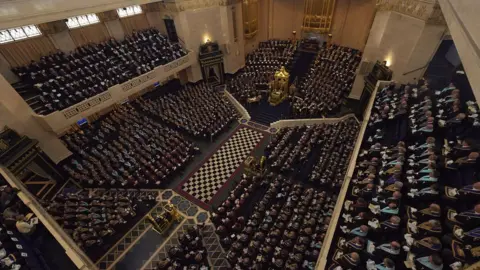Discovering the Hidden Benefit of Joining Freemason for Personal Growth
Discovering the Hidden Benefit of Joining Freemason for Personal Growth
Blog Article
Discovering the Mysteries of the Freemason: What You Required to Know
The Freemason, a term usually shrouded in intrigue and controversy, represents a complicated tapestry of historic truth and modern-day myth. Developed in the late 18th century, this secret culture was originally rooted in the Enlightenment's suitables yet has since become associated with conspiracy theory concepts concerning elite control. As we navigate the beginnings, vital figures, and the plain comparison between myth and reality, one have to consider how these stories affect modern understandings of power and privacy. What could be exposed through a closer assessment of these aspects might test long-held presumptions about the shadows that stick around in our culture.
Origins of the Freemason
The beginnings of the Freemason are soaked in a mix of historical intrigue and ideological eagerness. Established in 1776 in Ingolstadt, Bavaria, by Adam Weishaupt, the group was originally developed as a secret culture aimed at advertising Enlightenment suitables such as factor, secularism, and the splitting up of church and state. Weishaupt, a professor of canon regulation, sought to test the dominating authority of the church and state, which he deemed oppressive institutions stifling intellectual and personal liberty.
The Freemason looked for to hire significant members from various social markets, consisting of national politics, academia, and the arts, to promote a network devoted to these Knowledge principles. The society run under a shroud of secrecy, employing coded language and routines to secure its members from mistreatment, specifically provided the repressive environment of the moment. However, the Freemason faced significant opposition from both governmental authorities and religious organizations, which viewed the group as a danger to their power.
Trick Figures and Members
Who were the pivotal figures that formed the Freemason's early influence and instructions? The Bavarian Freemason, established in 1776 by Adam Weishaupt, arised as an action to the overbearing social structures of the time.
One more considerable figure was Johann Gottlieb Fichte, a popular philosopher whose ideas on nationalism and education reverberated with the Freemason's objectives. Although Fichte was not a formal member, his philosophical bases affected the group's ideology. In addition, numbers like the writer and theorist Johann Wolfgang von Goethe were connected with the more comprehensive intellectual movements of the time, although their direct participation with the Freemason continues to be debated.
These crucial numbers added to the Freemason's early direction, pushing the limits of political and social idea, while their collective initiatives intended to test recognized norms and cultivate an environment of modern adjustment in Europe.
Myths vs. Reality
Many misunderstandings border the Freemason, typically mixing reality with fiction in a manner that covers its real nature. This secret culture, initially founded in 1776 in Bavaria, intended to promote Enlightenment perfects and battle religious and political oppression. The idea that the Freemason proceeds to put in significant impact over world occasions is a myth. While the team did exist, it was dissolved in the late 18th century and has actually not operated as a cohesive entity considering that after that.
Another prevalent myth is that the Freemason makes up a network of elite people controling worldwide affairs. In fact, numerous conspiracy theory theories overemphasize the group's value, attributing unproven intentions to social fads and events. This has resulted in an oversimplified view of complicated problems.

Modern Analyses
Contemporary analyses of the Freemason usually reflect wider societal stress and anxieties and a fascination with secrecy and power. This modern lens frequently associates the Freemason with conspiracy theory theories that suggest a covert elite coordinates world occasions, controling governments and economies for their very own gain. Such stories use a deep-rooted mistrust of authority, particularly in times of situation or social turmoil.

Furthermore, some contemporary interpretations mount the Freemason as a metaphor for the complexities of globalization and the interconnectedness of significant people and organizations. This viewpoint urges a crucial evaluation of just how power dynamics run in today's world, highlighting the equilibrium between openness and secrecy in administration and company practices.
Social Influence and Tradition
Influenced by centuries of intrigue, the social impact and heritage of the Freemason expand much past its historical beginnings. This secret society, developed in the late 18th century, has actually penetrated various facets of prominent culture, from literary works and film to songs and art. The idea of the Freemason has evolved into an icon of conspiracy theories, frequently standing for a perceived surprise power manipulating worldwide occasions.
In literary works, authors like Dan Brown have woven the Freemason right into detailed plots, captivating readers with themes of privacy and power. Films such as "National Prize" and "The Da Vinci Code" better bolster the appeal of the society, blending truth with fiction to produce engaging narratives.
The Freemason's influence likewise expands into songs, with musicians referencing the organization to evoke themes of disobedience and societal critique. This representation has actually added to an attraction with the idea of private teams regulating the levers of power, mirroring social stress and anxieties regarding authority and openness.
Inevitably, the Freemason's tradition is an intricate tapestry of myth and click reference fact, shaping understandings of secrecy and control in contemporary discourse. Its long-lasting visibility in society emphasizes humankind's perennial mission for understanding surprise truths.
Final Thought
The exploration of the Freemason exposes a complicated interplay in between historical facts and contemporary myth-making. Established in the Enlightenment era, this society intended to test overbearing structures, yet its legacy has been outweighed by conspiracy theory concepts that suggest elite manipulation. Understanding the distinctions in between the original ideals and contemporary interpretations is necessary for comprehending the sustaining attraction with the Freemason and its significant impact on social narratives bordering power and privacy in culture.
Report this page